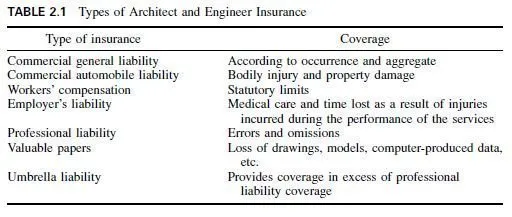Bracing as it applies to steel structures includes secondary members incorporated into the system of main members to serve these principal functions:
1. Slender compression members, such as columns, beams, and truss elements are braced, or laterally supported, so as to restrain the tendency to buckle in a direction normal to the stress path. The rigidity, or resistance to buckling, of an individual member is determined from its length and certain physical properties of its cross section. Economy and size usually determine whether bracing is to be employed.
2. Since most structures are assemblies of vertical and horizontal members forming rectangular (or square) panels, they possess little inherent rigidity. Consequently, additional rigidity must be supplied by a secondary system of members or by rigid or semi-rigid joints between members. This is particularly necessary when the framework is subject to lateral loads, such as wind, earthquakes, and moving loads.
Exempt from this second functional need for bracing are trusses, which are basically an arrangement of triangles possessing in their planes an inherent ideal rigidity both individually and collectively.
3. There frequently is a need for bracing to resist erection loads and to align or prevent overturning, in a direction normal to their planes, of trusses, bents, or frames during erection. Such bracing may be temporary; however, usually bracing needed for erection is also useful in supplying rigidity to the structure and therefore is permanently incorporated into the building. For example, braces that tie together adjoining trusses and prevent their overturning during erection are useful to prevent sway even though the swaying forces may not be calculable.

